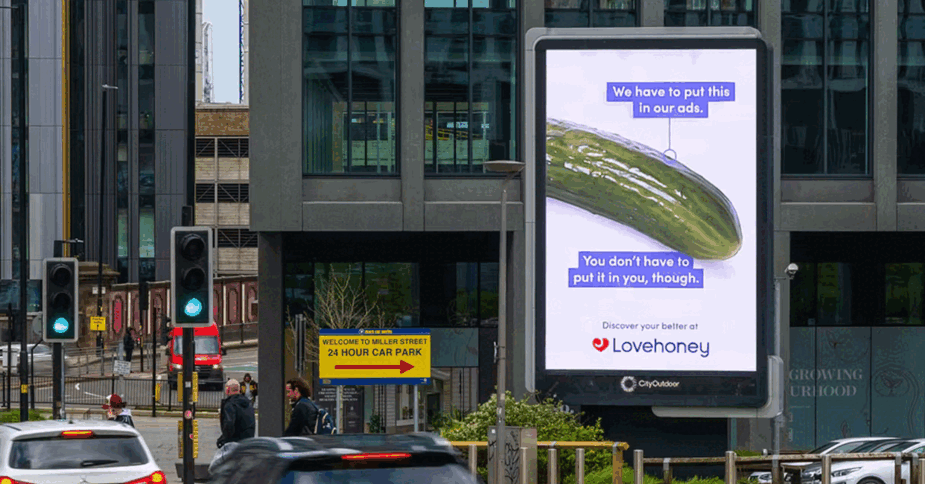Could ASAs Outbrain Ruling Spell the End of Native Ads?
- Tuesday, June 17th, 2014
- Share this article:
 US-based ad company Outbrain has been criticised for its native ad placements by the UK’s Advertising Standards Authority and told it cannot continue to place them in their current form.
US-based ad company Outbrain has been criticised for its native ad placements by the UK’s Advertising Standards Authority and told it cannot continue to place them in their current form.
The ASA has ruled that the call-to-action used on Outbrains ‘content recommendations, which direct people to third-party advertiser sites, is misleading. Outbrain uses text like ‘You may also like these’ and ‘Recommended by’, something thats not uncommon for native ads, but the ASA says this “was not sufficient to ensure it was obvious to consumers that the ad was a marketing communication. Because the ad was not obviously identifiable as marketing communication, we concluded that it was misleading.”
“Outbrain has always worked within best practice guidelines on this issue – not just in the UK, but in every territory it works in,” said a spokesperson for Outbrain. “Content discovery is still a relative newcomer when compared to traditional web advertising, so the situation is fluid and there is still a great deal of discussion to be had about labelling and disclosure. We feel that we lead the market in terms of clear labelling and providing quality content that will be of genuine interest to consumers.
“We’re continuing to work with regulators, publishers and consumer groups on a framework that satisfies all parties.”
Ads that dont look like ads
This could be just one of many rulings made on native ‘ads that don’t look like ads’, a form of advertising some in the industry believe will bring brand money into mobile. The US Online Publishers’ Association forecast that by the start of 2014, 90 per cent of its members would have ‘gone native’ and AOL UK has predicted that 40 per cent of its revenues would come from these types of ads this year. Outbrain counts the likes of CNN among its clients.
Back in April, Susan Bidel, senior analyst for marketing leadership professionals at Forrester Research, told Mobile Marketing that digital native ads were suffering from a lack of industry standards. “Other media have their own versions of native: advertorials in print; infomercials in broadcast. The differences between digital ‘native’ and other forms of native advertising rest in the existence, or lack thereof, of industry-wide rules of engagement and in the varying levels of transparency with the consumer on the source of the content.” By transparency, Bidel is referring to ‘on behalf of’, ‘presented by’ and ‘in association with’, just three ways to describe the brand partnerships taking over your content feed.
On the ruling, the IABs director of regulatory affairs Nick Stringer says: “We believe consumers need to know and understand when marketing or paid-for content is directed at them: it must be clear and meaningful. Our working group of leading publishers and technology businesses is working towards good practice to ensure people have transparency and a better understanding.”
But with the ASAs ruling on Outbrains recommended ad content already forcing the company to rethink how it does business, it looks like these rules might be forced upon the industry sooner that they might have liked.
For more on native, check out this piece from the latest edition of our quarterly magazine.

















